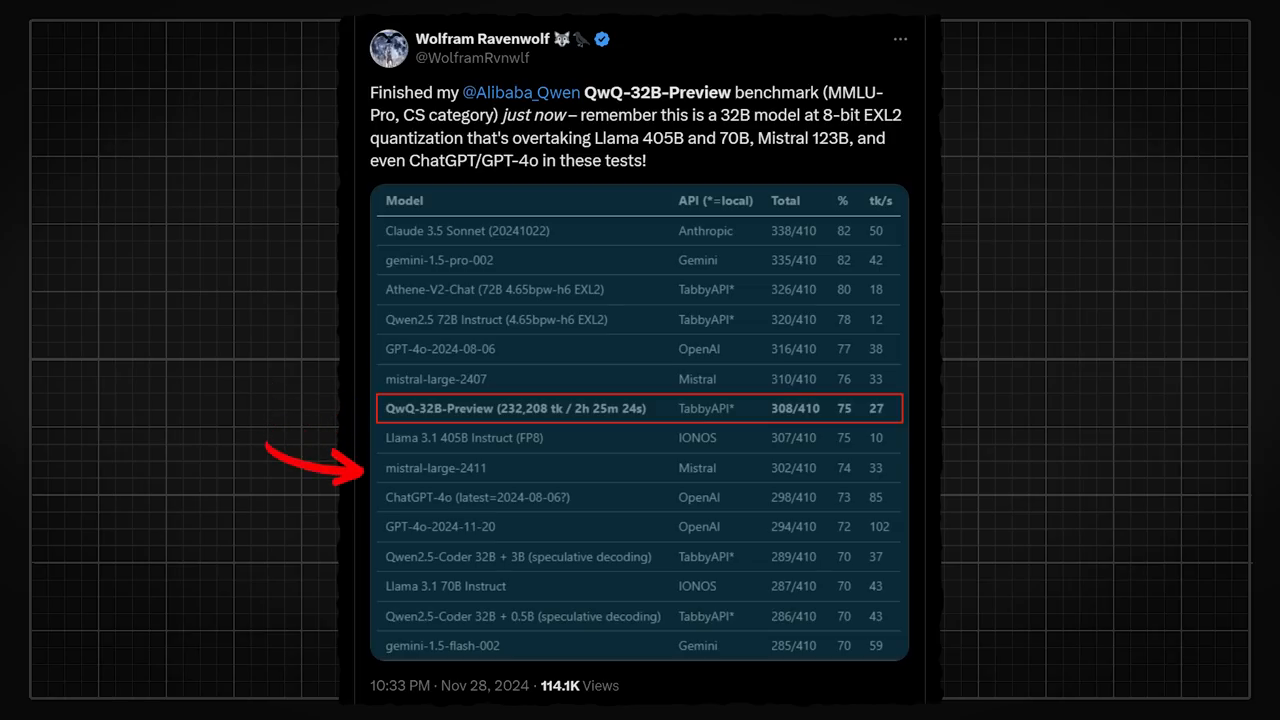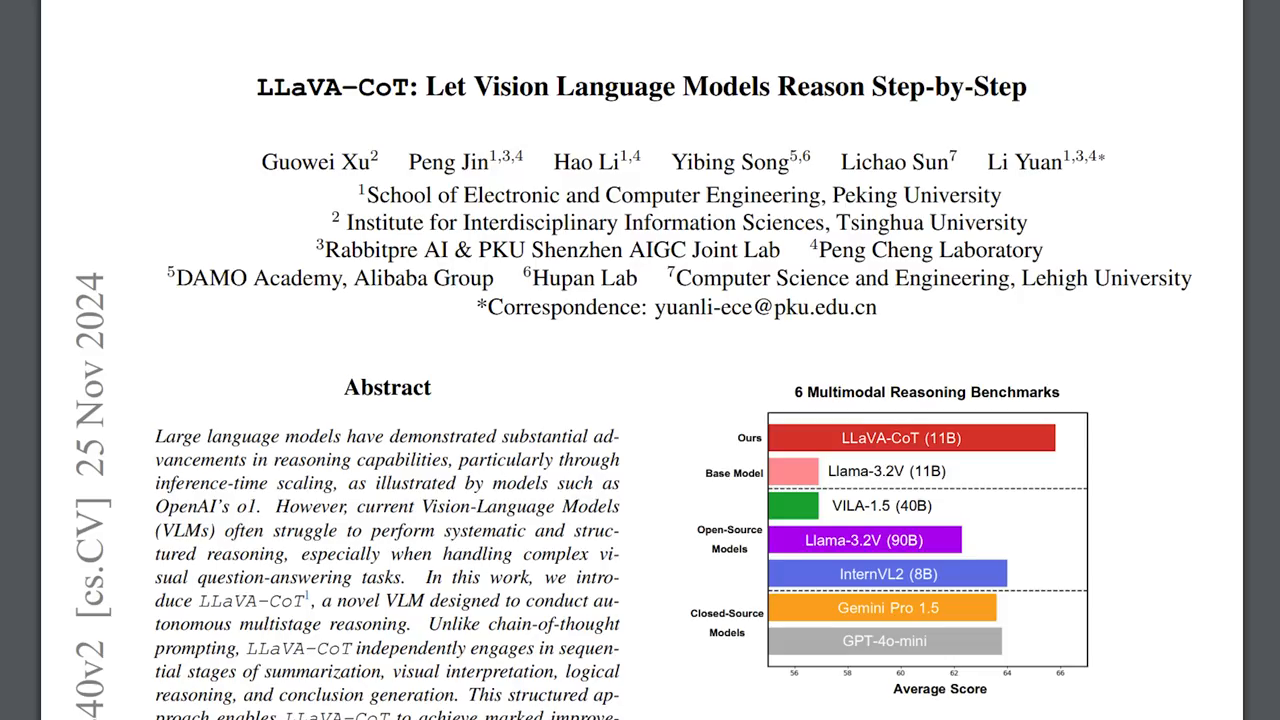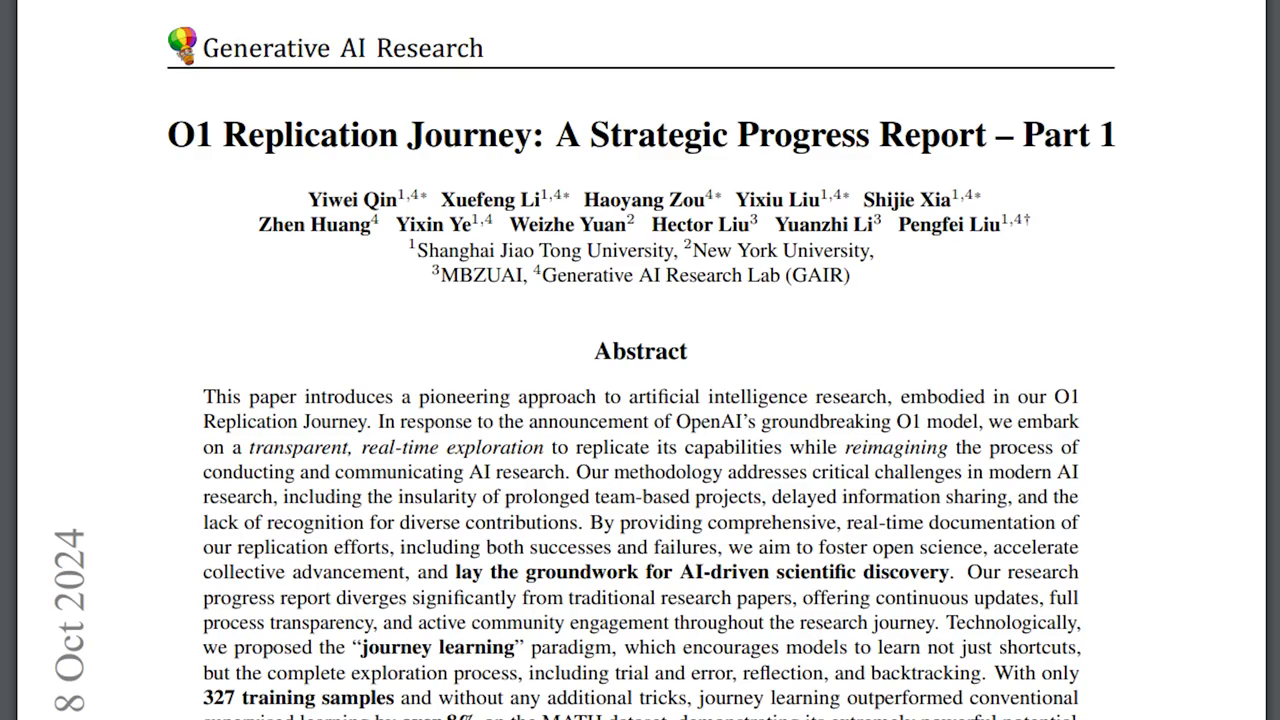Recent Advances in AI Reasoning Models
The field of Artificial Intelligence (AI) has seen significant advancements in recent years, with the development of new reasoning models that can perform tasks such as mathematical reasoning, logical reasoning, and even solve complex problems. In this article, we will discuss the recent developments in AI reasoning models, including the release of new models such as DeepSeek R1, Quin 32B, and LLaVA-CoT.
Introduction to AI Reasoning Models
AI reasoning models are designed to simulate human-like thinking and problem-solving abilities. These models can be applied to various tasks, including mathematical reasoning, logical reasoning, and even natural language processing. The development of AI reasoning models has been rapidly advancing in recent years, with new models being released regularly.
 Introduction to AI Reasoning Models
Introduction to AI Reasoning Models
DeepSeek R1: A New Reasoning Model
DeepSeek R1 is a new reasoning model that has been released recently. This model is designed to perform mathematical reasoning and logical reasoning tasks. DeepSeek R1 is a lightweight model that is still in its early preview stage, but it has shown promising results in initial tests.
 DeepSeek R1: A New Reasoning Model
DeepSeek R1: A New Reasoning Model
Quin 32B: A New Model with 32 Billion Parameters
Quin 32B is a new model that has been released recently. This model has 32 billion parameters, making it one of the largest models available. Quin 32B has shown promising results in initial tests, outperforming other models in certain tasks.
 Quin 32B: A New Model with 32 Billion Parameters
Quin 32B: A New Model with 32 Billion Parameters
LLaVA-CoT: A Vision-Language Model
LLaVA-CoT is a vision-language model that is designed to perform systematic and structural reasoning on visual data. This model decomposes the answer generation process into four structured reasoning stages: summarization, visual interpretation, logical reasoning, and conclusion generation.
 LLaVA-CoT: A Vision-Language Model
LLaVA-CoT: A Vision-Language Model
Mammouth: An All-in-One Platform for AI Models
Mammouth is an all-in-one platform that provides access to top-tier text generation models, image generation models, and web search functionalities. This platform offers a range of models, including CLA, GPT-40, and LLaMA.
 Mammouth: An All-in-One Platform for AI Models
Mammouth: An All-in-One Platform for AI Models
O1 Replication Journey: A Strategic Progress Report
The O1 replication journey is a research project that aims to replicate the O1 model. The project has released two papers, the first of which introduced a new training paradigm called Journey learning. The second paper found that replicating O1 through distillation works pretty well.
 O1 Replication Journey: A Strategic Progress Report
O1 Replication Journey: A Strategic Progress Report
Conclusion
In conclusion, the field of AI reasoning models is rapidly advancing, with new models being released regularly. DeepSeek R1, Quin 32B, and LLaVA-CoT are just a few examples of the new models that have been released recently. These models have shown promising results in initial tests and have the potential to revolutionize various fields, including mathematics, logic, and natural language processing. As research continues to advance, we can expect to see even more powerful and sophisticated AI reasoning models in the future.
The development of AI reasoning models has the potential to impact various aspects of our lives, from education to healthcare to finance. As these models become more advanced, they will be able to perform tasks that are currently beyond the capabilities of humans. However, there are also concerns about the potential risks and challenges associated with the development of AI reasoning models, such as job displacement and bias.
Overall, the future of AI reasoning models is exciting and uncertain. As research continues to advance, we will see new and innovative applications of these models, and we will also face new challenges and risks. It is essential to stay informed and up-to-date with the latest developments in this field to ensure that we can harness the benefits of AI reasoning models while minimizing their negative consequences.
